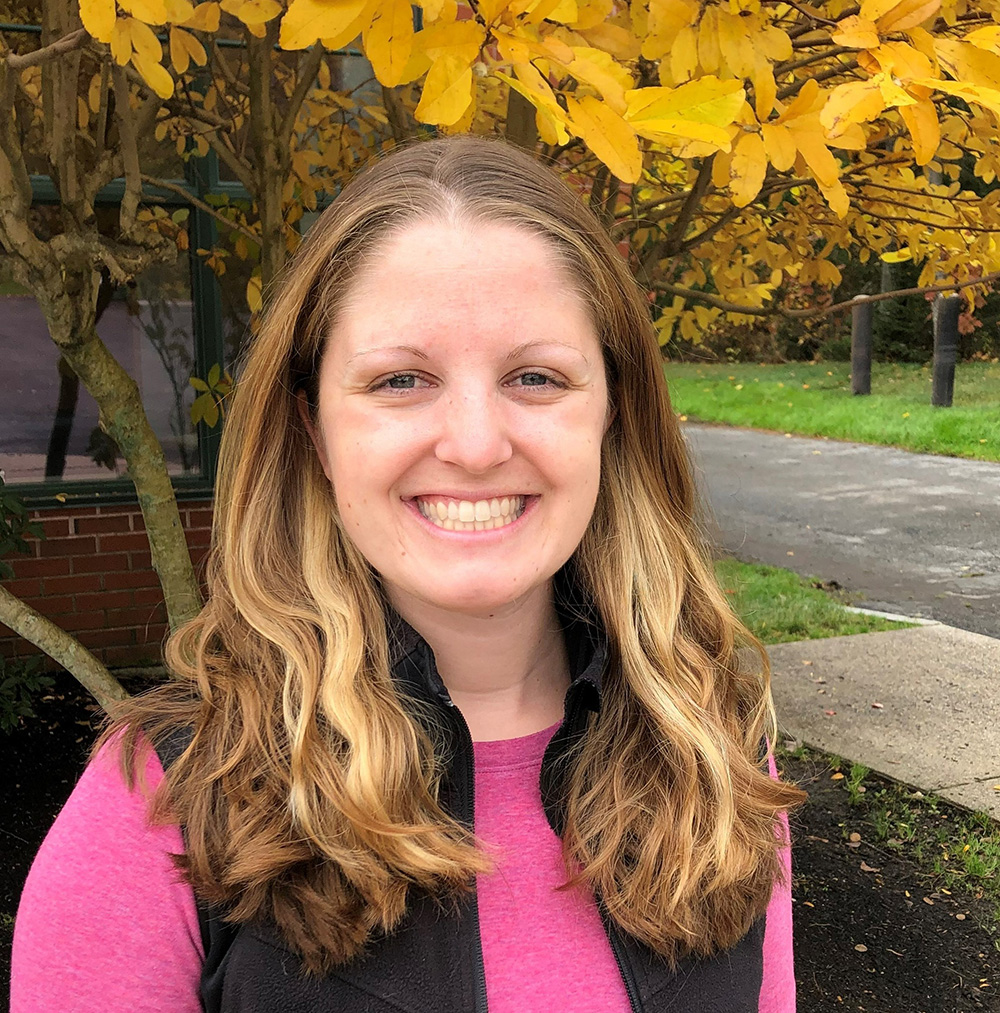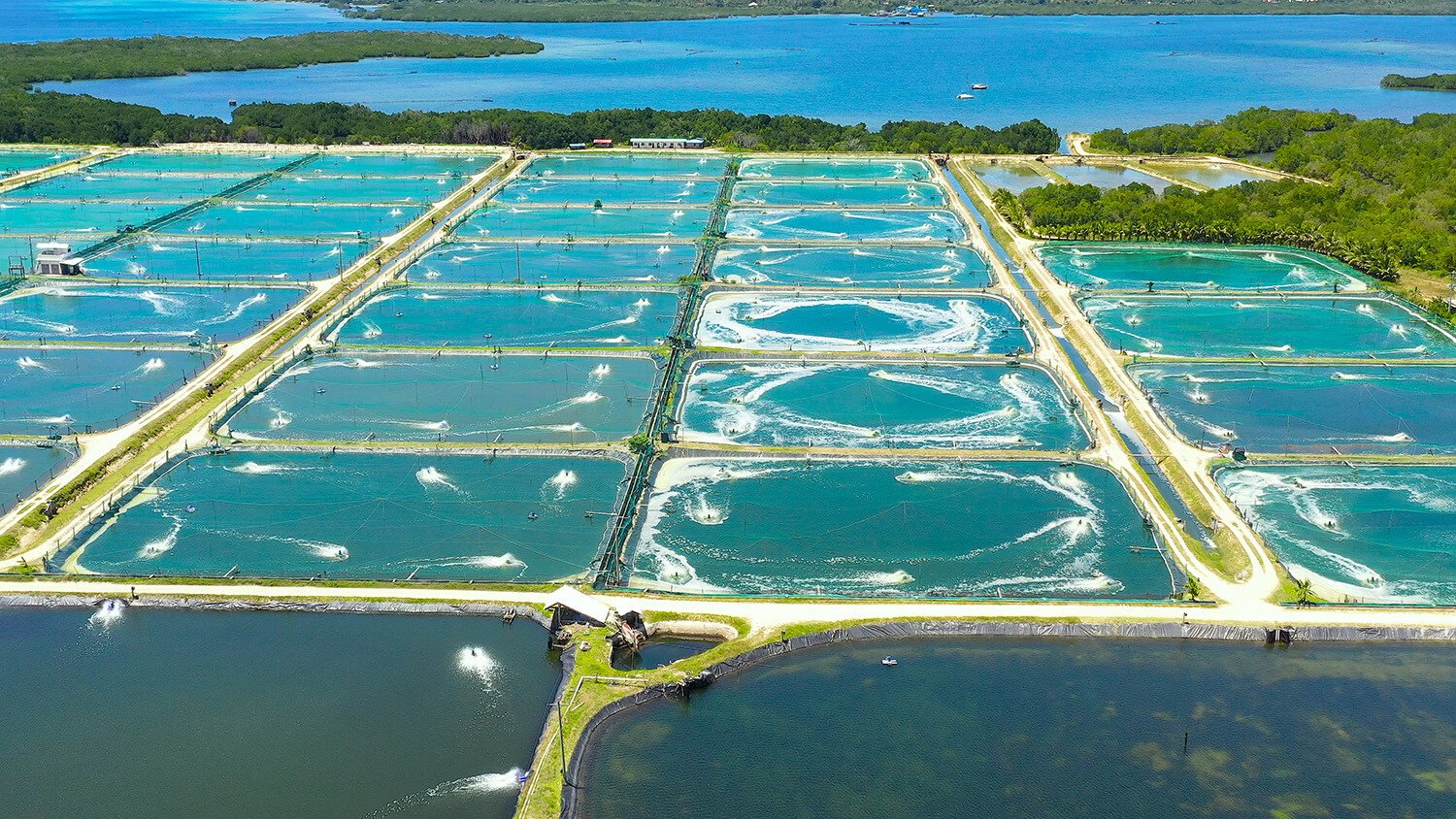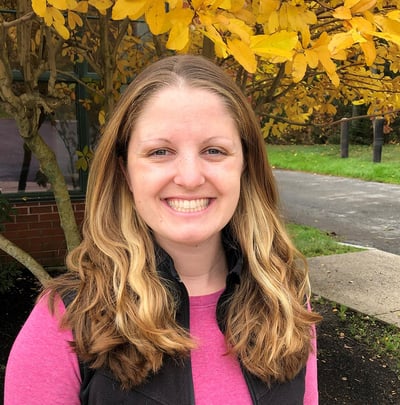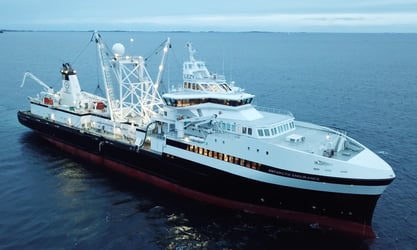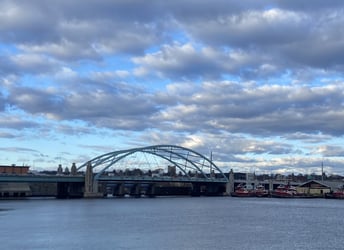Aquaculture ponds are crucial for sustainable fish farming, providing controlled environments to enhance fish growth, maintain water quality, and efficiently meet rising seafood demands—and those demands are considerable. The UN Food and Agriculture Organization (FAO) projected a need to increase global fish consumption by 15% between 2023 and 2030. This is problematic given that the global wild-fish catch hit a plateau in 1996. Inland and marine aquaculture is, thus, essential in making up the deficit. Unlike wild fishing, farmed fish production has maintained a good growth trajectory since the '50s, but the industry faces persistent challenges, from increasing weather variability to pest pressure. Nuisance algae is one such issue.
Nuisance algae are algal species that cause ecological disruption, depleting oxygen and releasing toxins in aquatic systems. This is a key issue for farm and water quality technicians. Not only can algae impair productivity, but its presence could be symptomatic of a harmful algal bloom (HAB) that could cause massive fish die-offs, hypoxic conditions, water toxicity, severe economic losses, and long-term ecological damage. Algae identification and monitoring is central to safeguarding aquaculture farms in light of growing food demands.
How is nuisance algae identified?
 There is a robust suite of approaches for identifying nuisance algae in aquafarms. Regular water quality monitoring is a staple of the job, where technicians may conduct spectrophotometric measurements of pigments like chlorophyll-a in pond samples. This can supplement microscopy-based algae identification for comprehensive insights into algal issues. However, traditional manual microscopy can be a tedious process subject to human error. It is far preferable to use an automated, high-throughput method like flow imaging microscopy (FIM).
There is a robust suite of approaches for identifying nuisance algae in aquafarms. Regular water quality monitoring is a staple of the job, where technicians may conduct spectrophotometric measurements of pigments like chlorophyll-a in pond samples. This can supplement microscopy-based algae identification for comprehensive insights into algal issues. However, traditional manual microscopy can be a tedious process subject to human error. It is far preferable to use an automated, high-throughput method like flow imaging microscopy (FIM).
Flow imaging microscopy is a powerful technique for nuisance algae identification. It captures high-resolution images of individual particles, such as algae, flowing through a microfluidic channel, allowing for detailed multiparametric analysis and quantification of thousands of particles and organisms per minute in a liquid sample. Crucially, these water samples can have complex, heterogeneous populations, and FIM enables scientists to classify these organisms into subpopulations. It achieves this by collecting high-resolution digital images of each particle and using image recognition to aid the user in creating libraries of like-particles. Some instruments also incorporate lasers for fluorescence-based analysis. Morphological features (shape, size, and texture) plus specific fluorescence characteristics are used to distinguish and classify different algae types in the sample.
 Daily monitoring of aquaculture ponds via flow imaging microscopy enables users to create detailed libraries from nuisance algae specific to the region. Using conventional microscopy for this task would be a huge undertaking, given that more than 100 individual algal species may be present in aquaculture ponds at any given time. However, using a FIM instrument, operators can curate huge and detailed databases for individual algae taxa. These libraries enable automated classification of algae in new samples by comparing each algal cell imaged against the libraries.
Daily monitoring of aquaculture ponds via flow imaging microscopy enables users to create detailed libraries from nuisance algae specific to the region. Using conventional microscopy for this task would be a huge undertaking, given that more than 100 individual algal species may be present in aquaculture ponds at any given time. However, using a FIM instrument, operators can curate huge and detailed databases for individual algae taxa. These libraries enable automated classification of algae in new samples by comparing each algal cell imaged against the libraries.
The FlowCam Cyano flow imaging microscope, takes that level of automation further with the automatic differentiation of particle types. This method involves using a red laser to excite microalgae fluorescence, capturing images of each particle or organism, then sorting images into categories including Cyanobacteria, Diatoms and Other Algae, and Detritus and Decomposing Particles, allowing for further analysis and classification by the user.
Benefits of FIM in nuisance algae identification
Flow imaging microscopy is instrumental in establishing baseline levels for algal diversity and determining early-warning levels for HABs. This early detection capability helps prevent widespread problems that can incur costly treatments. It also empowers farmers to manage large fish stocks in line with growing demand while mitigating the effects of HABs. FIM is increasingly important to a growing range of aquatic life science applications, including monitoring microalgae in aquaculture and assessing the health of larvae in shellfish operations.
Interested in FIM Solutions?
 Yokogawa Fluid Imaging Technologies is rooted in marine health and aquatic life sciences. We pioneered FlowCam, the world's first flow imaging microscope, to streamline the analysis of plankton data. Today, our system is trusted by users across a broad spectrum of aquatic applications, including marine and freshwater research, drinking water analysis, aquaculture, and microalgae cultivation. FlowCam supports algal identification as well as dramatically reducing sample processing time with image capture rates of up to 50,000 particles per minute. The instrument offers high-resolution imaging for particles ranging in size from 2 µm to 5 mm, and provides detailed measurements of particle size, shape, count, and other morphological parameters. Coupled with our VisualSpreadsheet software, FlowCam is the ideal solution for proactive algal identification and monitoring in modern aquaculture. Additionally, FlowCam is compatible with EcoTaxa, an open-access, collaborative platform that enables users to upload, classify, and validate plankton images from a variety of plankton imaging instruments.
Yokogawa Fluid Imaging Technologies is rooted in marine health and aquatic life sciences. We pioneered FlowCam, the world's first flow imaging microscope, to streamline the analysis of plankton data. Today, our system is trusted by users across a broad spectrum of aquatic applications, including marine and freshwater research, drinking water analysis, aquaculture, and microalgae cultivation. FlowCam supports algal identification as well as dramatically reducing sample processing time with image capture rates of up to 50,000 particles per minute. The instrument offers high-resolution imaging for particles ranging in size from 2 µm to 5 mm, and provides detailed measurements of particle size, shape, count, and other morphological parameters. Coupled with our VisualSpreadsheet software, FlowCam is the ideal solution for proactive algal identification and monitoring in modern aquaculture. Additionally, FlowCam is compatible with EcoTaxa, an open-access, collaborative platform that enables users to upload, classify, and validate plankton images from a variety of plankton imaging instruments.
If you would like to learn more about how FlowCam solutions could help safeguard your aquaculture production, get in touch with a member of our team today.
References & Further Reading
- https://www.theguardian.com/environment/2023/jul/21/have-we-reached-peak-fish
- https://hab.whoi.edu/maps/regions-us-distribution/regions-us-recent-trends/







